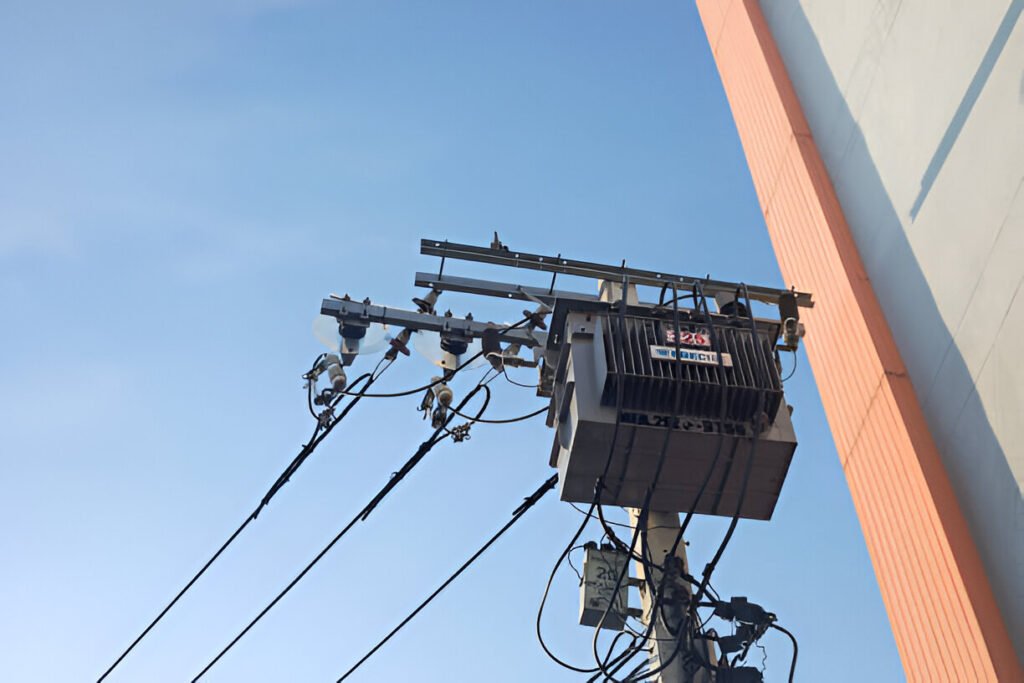What Does a Fuse Do in a Transformer
Transformers are essential components in electrical power systems. Fuses play a vital protective role in transformers, safeguarding them from various fault conditions and ensuring reliable operation.

What Is Fuse
A fuse is a safety device designed to protect electrical circuits and equipment from damage caused by excessive current. It consists of a metal wire or strip that melts when the current flowing through it exceeds a specific threshold, thereby interrupting the circuit and preventing further damage.
Basic Operation Principles of Fuses
The basic operating principle of a fuse is based on the heating effect of electric current. When an excessive current flows through the fuse element, it generates heat due to its electrical resistance. If the current exceeds the fuse’s rated value for a sufficient duration, the heat generated causes the fuse element to melt, breaking the circuit and interrupting the current flow.
Functions of Fuses
- Overcurrent Protection: Fuses protect transformers from overcurrent conditions caused by overloads or short circuits. When the current exceeds the fuse’s rating, it melts and opens the circuit, preventing damage to the transformer windings and other components.
- Prevent Overloading Conditions: Transformers are designed to operate within specific load limits. Fuses help prevent transformer overloading by interrupting the circuit when the current drawn by the load exceeds the transformer’s rated capacity.
- Prevent Short Circuits: Short circuits can cause extremely high currents to flow through the transformer, potentially leading to severe damage. Fuses act as the first line of defense against short circuits by quickly melting and isolating the fault, minimizing the impact on the transformer.
- Prevent Internal Transformer Faults: Fuses also protect against internal faults within the transformer, such as insulation breakdowns or winding failures. By interrupting the fault current, fuses limit the extent of damage and prevent the fault from spreading to other parts of the electrical system.
Types of Transformer Fuses
Primary Fuses
Primary fuses are installed on the high-voltage side of the transformer. They protect the primary winding and limit the fault current supplied by the power source. Primary fuses are typically high-voltage, high-rupturing capacity (HRC) fuses designed to withstand the high fault currents associated with the primary side of the transformer.
Secondary Fuses
Secondary fuses are placed on the low-voltage side of the transformer to protect the secondary winding and the connected load. These fuses are rated according to the transformer’s secondary voltage and current ratings. Secondary fuses help prevent overloading and short-circuit conditions on the low-voltage side.
Current-Limiting Fuses
Current-limiting fuses are designed to interrupt fault currents quickly, typically within the first half-cycle of the fault. They have a special construction that enables them to limit the peak value of the fault current, reducing the thermal and mechanical stresses on the transformer and other equipment. Current-limiting fuses are often used in high-voltage applications or where the available fault current is exceptionally high.
Bay-O-Net Fuses
Bay-O-Net fuses, also known as expulsion fuses, are commonly used in overhead distribution transformers. These fuses have a special design that allows them to expel the arc and gases generated during a fault interruption. Bay-O-Net fuses provide reliable protection against overloads and short circuits in outdoor transformer applications.
Selection Criteria
Voltage Ratings
The fuse’s voltage rating must be compatible with the transformer’s operating voltage. It should be capable of withstanding the maximum system voltage under normal and fault conditions. Proper voltage coordination ensures that the fuse operates reliably and safely.
Current Ratings
The fuse’s continuous current rating should be selected based on the transformer’s rated current and the expected load current. It is important to choose a fuse with a current rating that allows normal operation of the transformer while providing adequate protection against overloads.
Response Time Considerations
The fuse’s response time, or the time it takes to interrupt the fault current, is a critical factor. Fuses with faster response times are preferred for transformer protection to minimize damage during fault conditions. The fuse’s time-current characteristic should be coordinated with the transformer’s thermal withstand capability.
Environmental Factors
The operating environment of the transformer must be considered when selecting fuses. Factors such as ambient temperature, humidity, and the presence of corrosive atmospheres can affect the fuse’s performance. Fuses with appropriate environmental ratings should be chosen to ensure reliable operation in the specific installation conditions.



